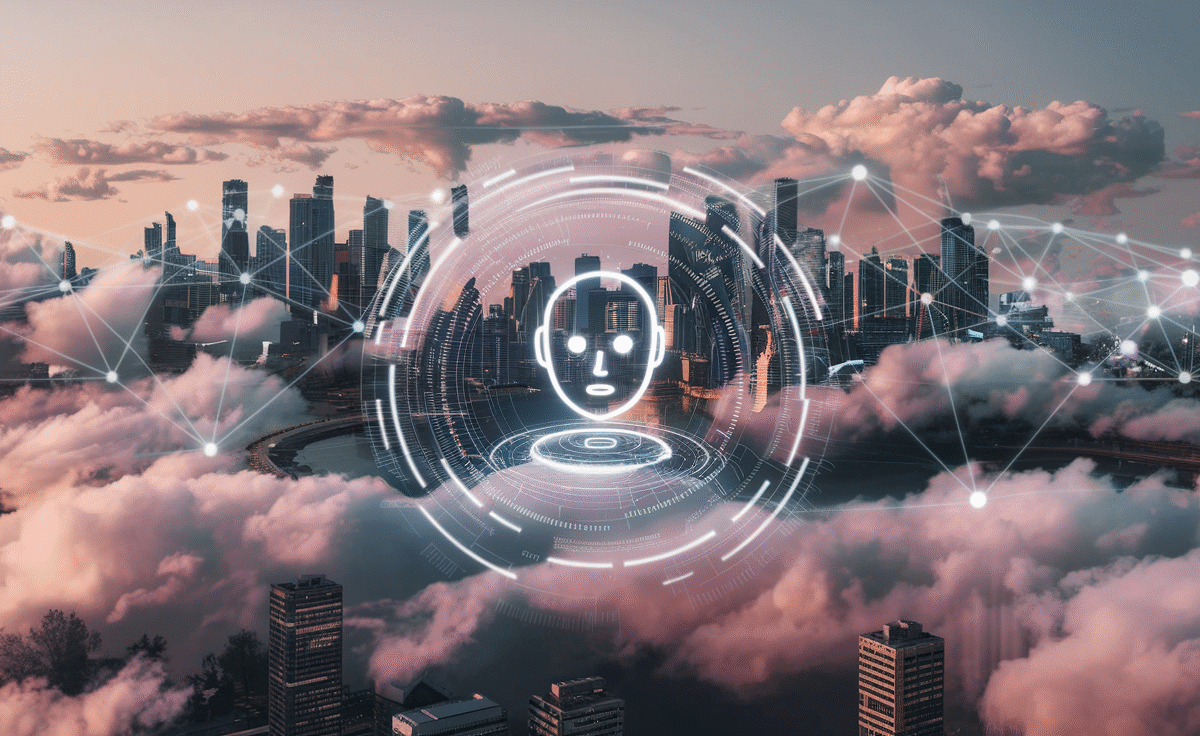Are you looking for smarter insights delivered right to your inbox? Sign up for our weekly newsletters to receive only the most relevant information for enterprise AI, data, and security leaders. Subscribe now!
Rethinking AI Compute Needs
Enterprises often accept the notion that AI models necessitate substantial computational resources, leading them to seek ways to acquire more. However, Sasha Luccioni, AI and climate lead at Hugging Face, suggests there may be a more intelligent approach to utilizing AI. Instead of focusing solely on acquiring additional (often unnecessary) computational power, companies could enhance model performance and accuracy. Luccioni argues that the real issue lies in the need for smarter computing, rather than simply increasing capacity.
The Challenges of AI Scaling
Power limitations, escalating token costs, and inference delays are transforming enterprise AI. Join our exclusive salon to learn how leading teams are:
– Transforming energy into a strategic advantage
– Designing efficient inference systems for real throughput improvements
– Achieving competitive ROI with sustainable AI solutions
Secure your spot to stay ahead: [https://bit.ly/4mwGngO](https://bit.ly/4mwGngO)
Key Insights for Efficient AI Use
Here are five essential takeaways from Hugging Face that can help enterprises of all sizes optimize their AI usage:
1. Avoid Defaulting to Large Models: Instead of relying on oversized, general-purpose models for every application, consider task-specific or distilled models. These models can deliver equal or superior accuracy for specific tasks, all while being more cost-effective and energy-efficient. Luccioni has discovered that task-specific models consume 20 to 30 times less energy than their general-purpose counterparts.
2. Emphasize Model Distillation: A comprehensive model can initially be trained from scratch and then refined for specific tasks. For example, the DeepSeek R1 model is so extensive that it requires at least eight GPUs, making it impractical for many organizations. Distilled versions, however, can be 10, 20, or even 30 times smaller and can operate on a single GPU.
3. Leverage Open Source Models: Open-source models enhance efficiency since they do not need to be trained from the ground up. Unlike a few years ago, when enterprises struggled to find suitable models, today they can start with a base model and fine-tune it to meet their needs. This fosters shared innovation rather than isolated efforts, minimizing wasted computational resources.
4. Focus on Task-Specific Intelligence: Companies are becoming increasingly disenchanted with general AI, as the costs do not align with the benefits. While generic applications like email composition or meeting note transcription are useful, task-specific models still require significant effort to develop, as off-the-shelf models often fall short and are more expensive. Many companies are looking for specific solutions rather than general artificial intelligence, highlighting a critical gap that needs to be addressed.
5. Implement Nudge Theory in System Design: Consider adopting “nudge theory” in your system design by setting conservative reasoning budgets, limiting always-on generative features, and requiring opt-in for high-cost computation modes. This approach, rooted in cognitive science, subtly influences behavior. For example, asking customers if they want plastic utensils with their takeout rather than automatically including them can significantly reduce waste. Luccioni emphasizes that default mechanisms often lead to unnecessary costs because they compel models to perform more work than necessary.
By integrating these insights, enterprises can navigate the complexities of AI more effectively and efficiently.


